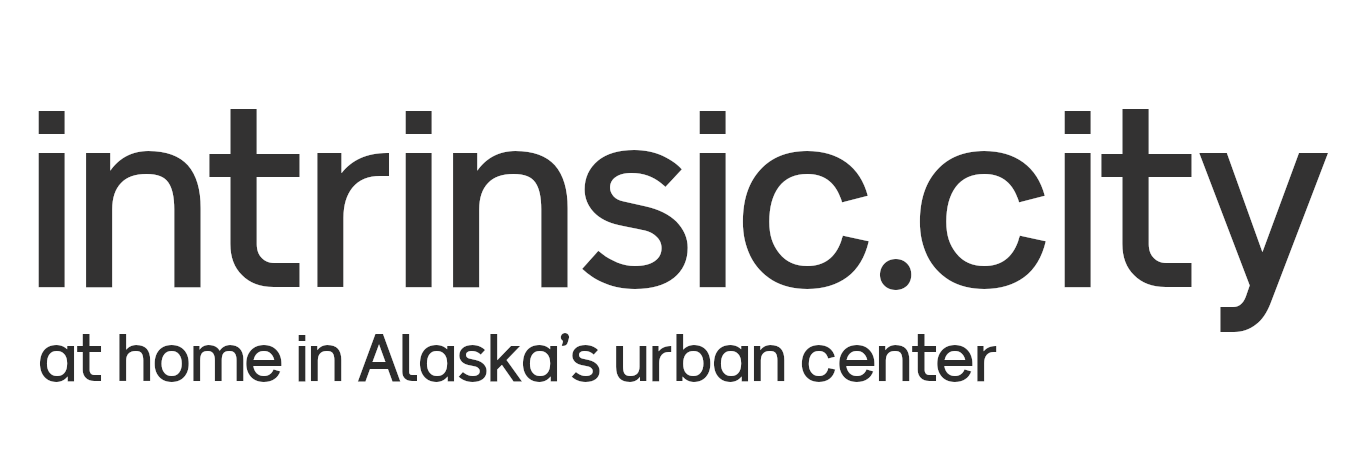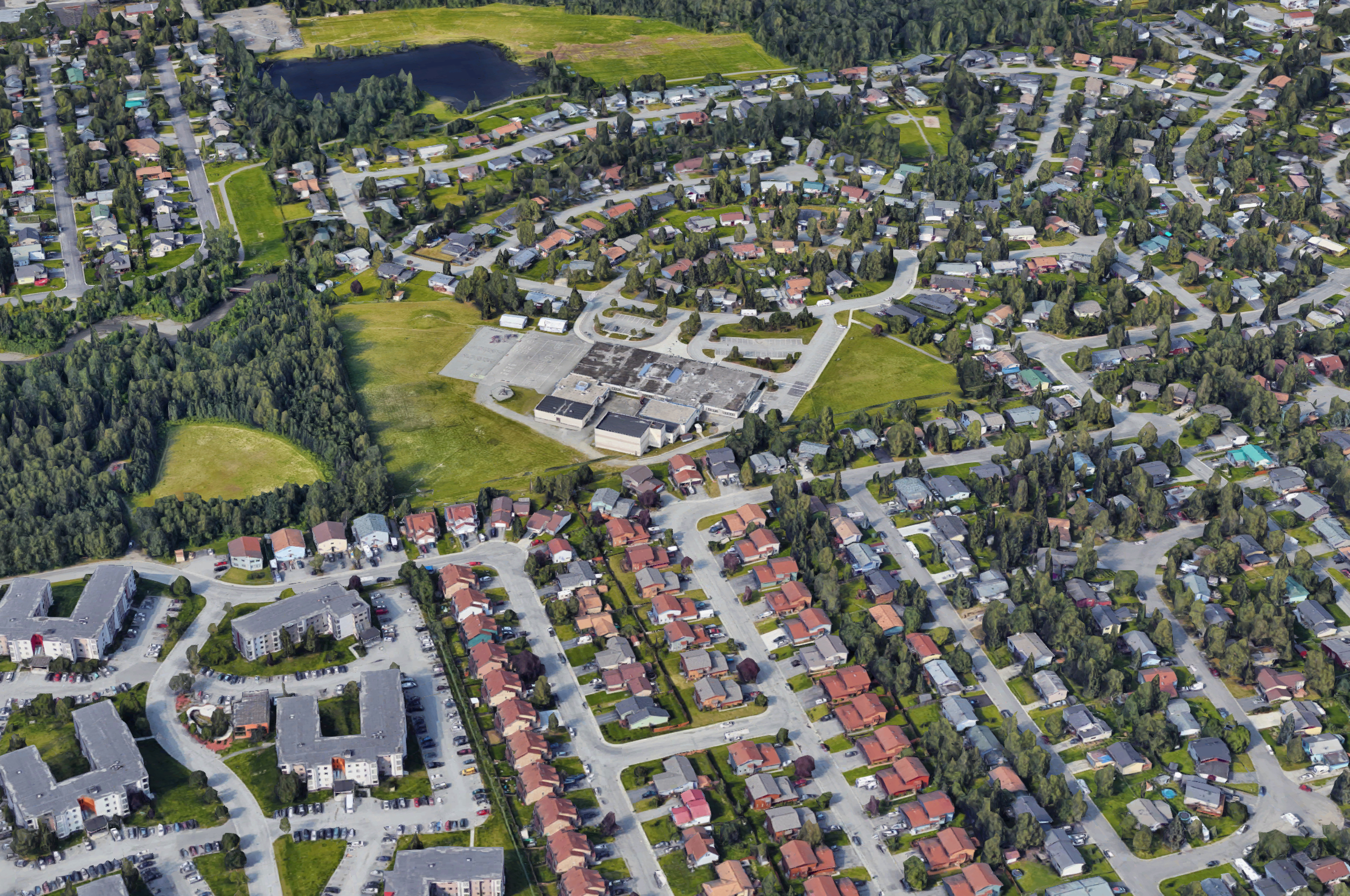Organic, equitable growth is the key to converting vacant lots to vibrant city blocks.
City governments and their development agencies tend to put the cart before the horse when planning their own renaissance.
Rome wasn’t built in a day, and it wasn’t built in two years with cash incentives and a 10-year tax deferral either. Large-scale redevelopment projects ignore centuries-old growth patterns and move forward without having the decades of wealth accumulation in the form of property values seen in organic, free-market city evolution.
Take a visit to Manhattan or Chicago, the iconic skyscrapers there weren’t the first buildings constructed on those sites, and they likely weren’t even the second or third. As cities grew in the early 20th century, wealth was accumulated in the areas of the city where people wanted to live and work. In dense blocks of small parcels on a grid, entrepreneurs invested in houses, apartments, and office buildings that increased in value over time, eventually evolving into larger and more expensive buildings.
The second half of the 20th century saw a more auto-centric approach to growth. Suburban cities, office parks, and strip malls acted like a wealth vacuum, decimating the property values in many cities – Wealth accumulated in downtown neighborhoods was lost. The vacancies and blight that resulted often left city governments in control of large swaths of land and buildings that would be demolished to become parking lots or chain-link wastelands.
Enter the public-private partnership, and the “shoot the moon” approach to downtown regrowth. I detailed a well-known example of how ambitious projects like this can go wrong in a previous article. Desperation for new growth and trying to skip ahead can land cities in upside down relationships with developers, projects that never generate tax income, or canceled plans and lost investments when ambition out scales demand.
To be clear, I’m not making a case against cities investing in their own recovery, incentives, or tax deferral. I’m making a case for organic, equitable growth that will keep pace with demand, as it always has.
How do we do it?
Rather than attempting to entice only the largest and wealthiest developers to undertake a major construction project on a massive parcel, we should hit the reset button and level the playing field.
Large city-owned parcels slated for redevelopment should be re-subdivided into narrow parcels (about 40′ x 100′) with alleys for loading zones and limited parking. The city or development agency should price the parcels below market value to incentivize, equitable and sustainable development along with a reasonable tax deferral period.
Terms should dictate the timeframe in which a structure must be built in addition to the quality, scale, and architectural style it must adhere to. The provision that absolutely no parking setbacks will be permitted will prevent the strip mall effect.
The result should look like a traditional city development pattern with mixed-use buildings, forming part of a neighborhood that will grow in value over time and maybe even evolve into something of greater stature.




Another way to encourage development of vacant land would be to impose a land tax. One way to impose a land tax would be to set the property tax mill rate levied on land higher than the property tax mill rate levied on built property. This creates the incentive for the owners of vacant land to build structures that will earn income to pay for the levy on the land. The land tax would recoup for the city some of the economic rents accruing to the land due to publicly-funded improvements such as roads, drainage, and public services. This is an old proposal, most famously described by Henry George in “Progress and Poverty.” The Lincoln Institute of Land Policy has the most recent research on land taxes. State Statutes currently prohibit charging different mill rates on land or buildings, but the Statutes could be changed.
Thanks, Eric! I couldn’t agree more, in fact, I wrote an article about LVT for Anchorage. I did some calculations on a large vacant parcel on Cordova Street and 13th Ave. Check it out if you get a chance: https://www.intrinsic.city/to-grow-sustainably-anchorage-must-adopt-a-land-value-tax/
I agree with your suggestion